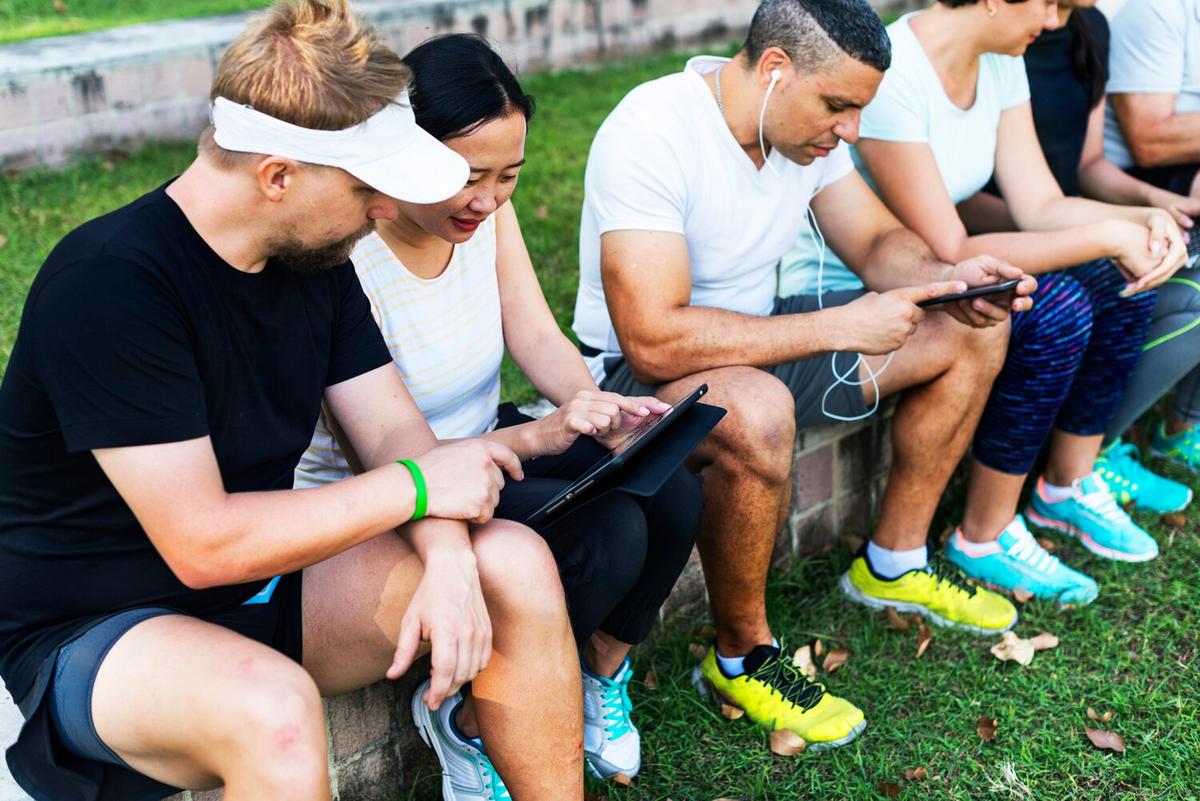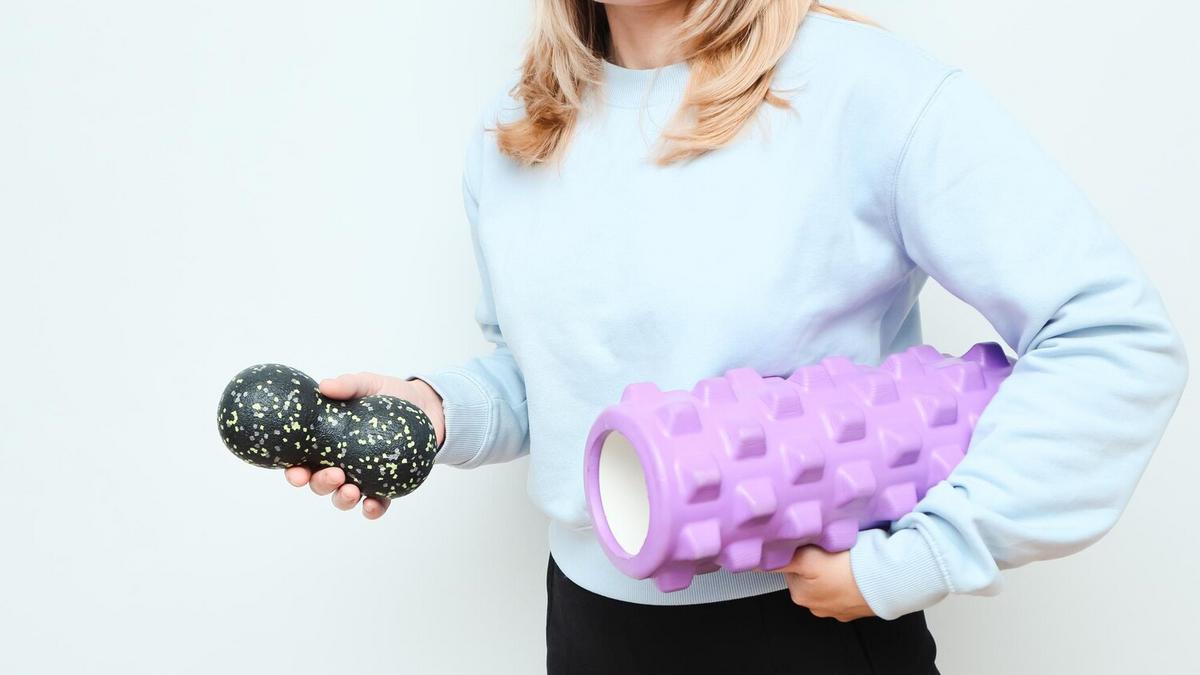When it comes to outdoor fitness, the right footwear can make all the difference in your performance and comfort. Whether you’re hitting the trails for a run, embarking on a mountain hike, or engaging in a high-intensity outdoor workout, selecting suitable shoes is crucial for both safety and enjoyment.
Understanding Your Needs
The first step in choosing the right footwear is understanding your specific needs. Are you a trail runner, a hiker, or someone who enjoys a mix of outdoor activities? Each activity may require different features in a shoe, from stability and support to traction and durability.
Expert Opinions
According to Mark Jenkins, a fitness coach and outdoor enthusiast, “Footwear is the foundation of your entire workout experience. The right pair not only enhances your performance but also helps prevent injuries.” This highlights the importance of investing time in selecting the appropriate footwear.
Consider Your Environment
The terrain you’ll be navigating plays a significant role in your choice. For instance, trail runners need shoes with excellent grip and protection against rocks, while urban runners might prioritize cushioning and flexibility.
Research and Findings
A study by the American Podiatric Medical Association found that wearing the wrong type of shoes can lead to a 44% increase in foot injuries. This statistic underscores the potential impact of inappropriate footwear on your health.
Personal Experiences
Emma, an avid hiker, once opted for a pair of lightweight running shoes for a mountain trek. The result? Sore feet and an unsatisfactory hiking experience. She learned the hard way that a sturdy hiking boot would have been more appropriate.
Choosing the Right Features
Here are some features to consider:
- Durability: Look for materials that can withstand the elements.
- Traction: Essential for slippery or uneven surfaces.
- Support: Provides stability, especially on rugged terrain.
- Cushioning: Important for impact absorption during high-intensity activities.
- Breathability: Keeps your feet dry and comfortable.
Comparison Table
| Activity | Recommended Footwear | Key Features |
|---|---|---|
| Trail Running | Trail Shoes | Grip, Protection |
| Hiking | Hiking Boots | Support, Durability |
| Urban Running | Road Running Shoes | Cushioning, Flexibility |
| Cross-Training | Cross-Trainers | Stability, Versatility |
| Mountain Climbing | Mountaineering Boots | Insulation, Rigidity |
| Walking | Walking Shoes | Comfort, Support |
| Cycling | Cycling Shoes | Stiffness, Attachment |
| Water Sports | Water Shoes | Drainage, Quick-Dry |
Actionable Tips
- Visit a specialized store for a professional fitting.
- Test your shoes in the environment you’ll use them.
- Read reviews and seek recommendations from fellow outdoor enthusiasts.
Frequently Asked Questions
What should I consider when buying outdoor footwear?
Consider the activity, terrain, and climate, alongside features like support and traction.
Can I use the same shoes for different activities?
While some shoes are versatile, it’s best to use specific shoes designed for particular activities for optimal performance and safety.
How often should I replace my outdoor footwear?
This depends on usage and wear, but generally every 300-500 miles for running shoes or when signs of wear appear.
Conclusion
In summary, choosing the right footwear for outdoor fitness is a crucial step in enhancing your experience and preventing injuries. By understanding your needs, considering the terrain, and selecting shoes with the right features, you set yourself up for success in any outdoor activity. So, lace up and hit the great outdoors with confidence!




Leave a Reply